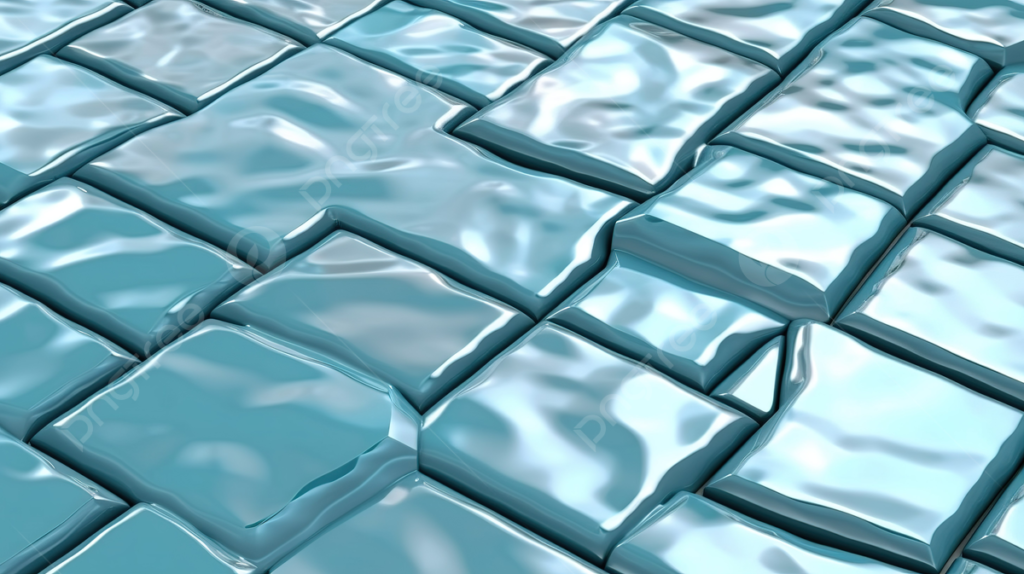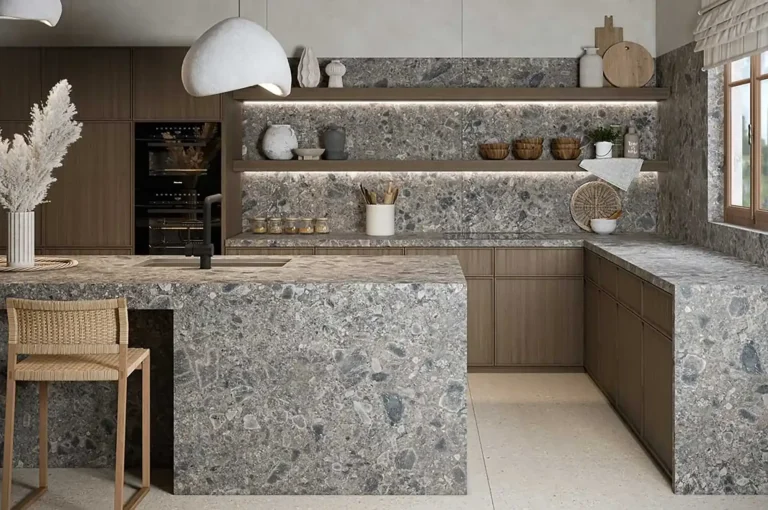
Introduction:
In the intricate tapestry of language, certain words possess an inherent richness that transcends their literal translations. “Lasée,” originating from the French language, exemplifies this phenomenon. In the realm of language, words often carry layers of meaning, transcending their literal translations. “Lasée,” a term with roots in the French language, serves as a prime example. While it translates literally to “glazed” or “coated,” its significance extends far beyond its surface definition. In this article, we embark on a journey to unravel the multifaceted meanings and connotations associated with “lasée,” exploring its implications in various contexts. In this article, we embark on an exploration of the multifaceted meanings and connotations associated with “lasée,” delving into its implications in various contexts and cultural landscapes.
Understanding the Literal Translation:
At its most basic level, “lasée” is an adjective derived from the French verb “lasser,” meaning “to coat” or “to glaze.” In culinary contexts, it may refer to dishes that are glazed or coated with a layer of sauce, syrup, or other flavorful substances, enhancing their taste and presentation. However, within the realm of language and expression, “lasée” assumes broader connotations that resonate deeply with human emotions and experiences.
Exploring Symbolism and Metaphor:
- Emotional Resilience: Beyond its literal translation, “lasée” can symbolize emotional resilience—a protective coating that shields individuals from the corrosive effects of adversity and hardship. Like a glazed surface that withstands the test of time, one’s emotional fortitude may remain intact despite the weariness and challenges encountered along life’s journey.
- Weariness and Resilience: Building upon its literal translation, “lasée” can also symbolize a sense of weariness or exhaustion, akin to a glazed surface that reflects the wear and tear of time. Yet, beneath this veneer of fatigue lies a resilience, a strength forged through adversity and challenges endured.
- Surface Versus Substance: The concept of being “lasée” prompts reflection on the dichotomy between surface appearances and underlying realities. Just as a glazed object may exhibit a flawless exterior while concealing imperfections beneath, individuals labeled as “lasée” may project an air of composure or sophistication while grappling with inner turmoil or existential uncertainty.

Contextual Interpretations:
- Cultural Nuances: Within the rich tapestry of French culture, “lasée” assumes nuanced meanings shaped by historical, social, and linguistic influences. Its usage in literature, art, and everyday discourse reflects a deep-seated understanding of human emotions and societal dynamics.
- Linguistic Evolution: Language is dynamic, evolving in response to cultural shifts and societal changes. Language is fluid and adaptive, evolving in response to cultural shifts and societal trends. As such, the meaning and usage of “lasée” may vary across different linguistic communities and contexts, reflecting the evolving nature of language itself.
- Personal Perspectives: On an individual level, interpretations of “lasée” may vary based on personal experiences, beliefs, and cultural backgrounds. Whether viewed as a metaphor for resilience, a symbol of weariness, or an exploration of authenticity versus facade, the significance of “lasée” is inherently subjective.
Conclusion:
In exploring the multifaceted meaning of “lasée,” we encounter a term that transcends its literal translation, embodying a spectrum of emotional, symbolic, and cultural connotations. From culinary delights to metaphorical musings on resilience and weariness, “lasée” invites us to delve deeper into the complexities of language and expression. As we navigate the rich tapestry of meanings associated with “lasée,” we gain insight into the intricacies of human experience and the power of language to capture its nuances.


